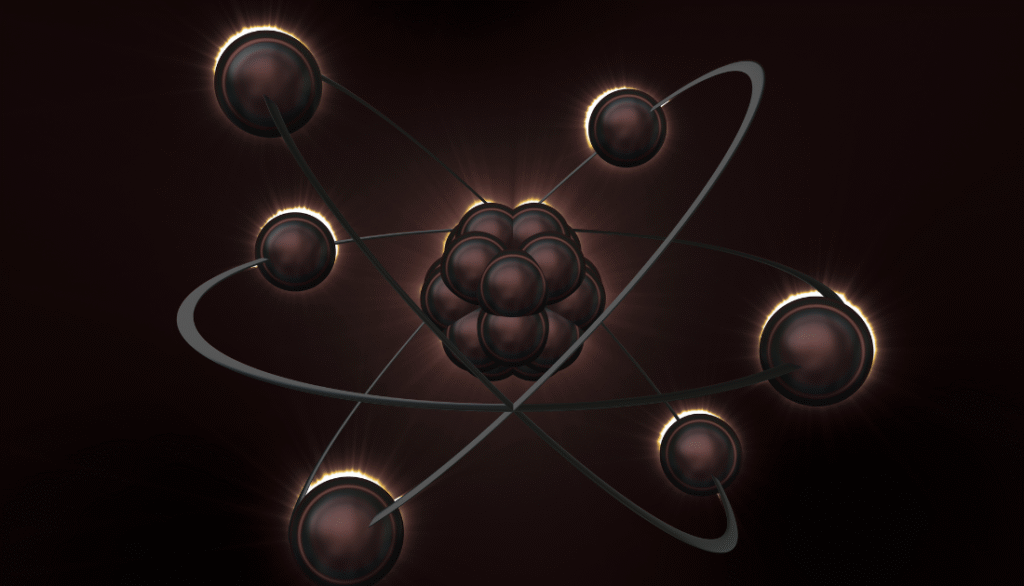The well known Hubble Space Telescope, operated jointly by NASA and the European Space Agency (ESA), has captured a detailed new image of Abell 209, a dense galaxy cluster located approximately 2.8 billion light-years away in the constellation Cetus.
Highlights
- Dark Matter Focus: Hubble’s latest image of Abell 209 highlights not just galaxies, but the hidden dark matter that holds the cluster together and distorts light through gravitational lensing.
- Location and Structure: Abell 209 lies 2.8 billion light-years away in the constellation Cetus and contains over 100 galaxies, mostly elliptical, with scattered blue spirals.
- Gravitational Lensing Observed: Light from distant galaxies is bent into arcs and streaks, helping astronomers map the invisible dark matter distribution within the cluster.
- Data Source and Imaging: Created using 12 exposures from Hubble’s ACS and WFC3 cameras, the composite image spans optical to infrared wavelengths for maximum clarity.
- Part of CLASH Survey: Abell 209 was included in the CLASH (Cluster Lensing and Supernova Survey with Hubble), aiming to explore cosmic evolution and lensing effects in 25 galaxy clusters.
- Mass and Shape: Estimated total mass is around 7.7 × 10¹⁴ solar masses, with an elongated distribution pattern—evidence of possible merger activity.
- Cosmological Significance: Findings align with the current understanding of the universe’s composition: ~5% ordinary matter, ~25% dark matter, and ~70% dark energy.
- Scientific Classifications: Categorized as Richness Class 3 (130–199 galaxies) and Bautz–Morgan Type II–III, showing moderate central galaxy dominance.
- Deeper Understanding of the Universe: This study helps scientists observe dark matter effects and refine models of how galaxy clusters evolve and interact with cosmic forces.
The image highlights more than 100 galaxies within the cluster, but the scientific focus goes far beyond the visible elements.
A Glimpse Beyond the Visible Universe
While the central region is dominated by elliptical galaxies, accompanied by scattered blue spiral galaxies, much of the cluster’s mass is hidden from view.
Beneath its luminous structure lies an intricate web of dark matter and superheated intergalactic gas, both of which contribute to the cluster’s immense gravitational influence.
These unseen components are crucial in binding the galaxy cluster together and in shaping the way it interacts with its surroundings. This gravitational force also bends and magnifies light from more distant background galaxies, a phenomenon known as gravitational lensing.
Gravitational Lensing as a Scientific Tool
In the image of Abell 209, several faint background galaxies appear distorted into arcs and elongated streaks, an effect caused by the cluster’s gravity. These distortions are not just visually striking—they enable astronomers to map the distribution of dark matter, which cannot be observed directly.
This method allows scientists to study both the total mass and internal structure of galaxy clusters, offering insights into how such systems evolve over time and how dark matter shapes large-scale cosmic structures.
Image Composition and Data Sources
The final image of Abell 209 was created by combining twelve exposures taken with Hubble’s Advanced Camera for Surveys (ACS) and Wide Field Camera 3 (WFC3). Multiple color filters were used to capture a wide range of optical and infrared light, allowing for greater contrast and structural clarity.
CLASH Survey
Abell 209 was part of the Cluster Lensing and Supernova Survey with Hubble (CLASH)—a multi-year observational campaign from 2010 to 2013 that studied 25 galaxy clusters across various wavelengths.
The goal of the survey was to investigate gravitational lensing, dark matter distribution, and cosmic evolution.
Classification and Mass Estimates
- Richness Class: Abell 209 is categorized as a richness class 3 cluster, indicating it contains between 130 to 199 galaxies.
- Bautz–Morgan Classification: It is a type II–III cluster, denoting a moderate dominance of central galaxies, rather than a single ultra-bright core.
Previous weak-lensing studies (e.g., Paulin-Henriksson et al., 2007) have shown that the mass distribution within Abell 209 is elongated from southeast to northwest. This shape corresponds with X-ray observations and galaxy density maps, suggesting ongoing or recent merger activity within the cluster.
Within a radius of approximately 1.8 megaparsecs, the total mass is estimated at around
7.7 (+4.3/–2.7) × 10¹⁴ solar masses, further validating the cluster’s ability to act as a gravitational lens.
Implications for Cosmology
The observations from Abell 209 contribute to our understanding of the universe’s composition:
- Ordinary (baryonic) matter: ~5%
- Dark matter: ~25%
- Dark energy: ~70%
While dark matter and dark energy remain largely mysterious, their gravitational effects are observable through studies like this one.
Hubble’s image of Abell 209 thus serves as more than a visually compelling snapshot—it provides empirical data that deepens our understanding of cosmic structure, dark matter behavior, and the underlying architecture of the universe.


